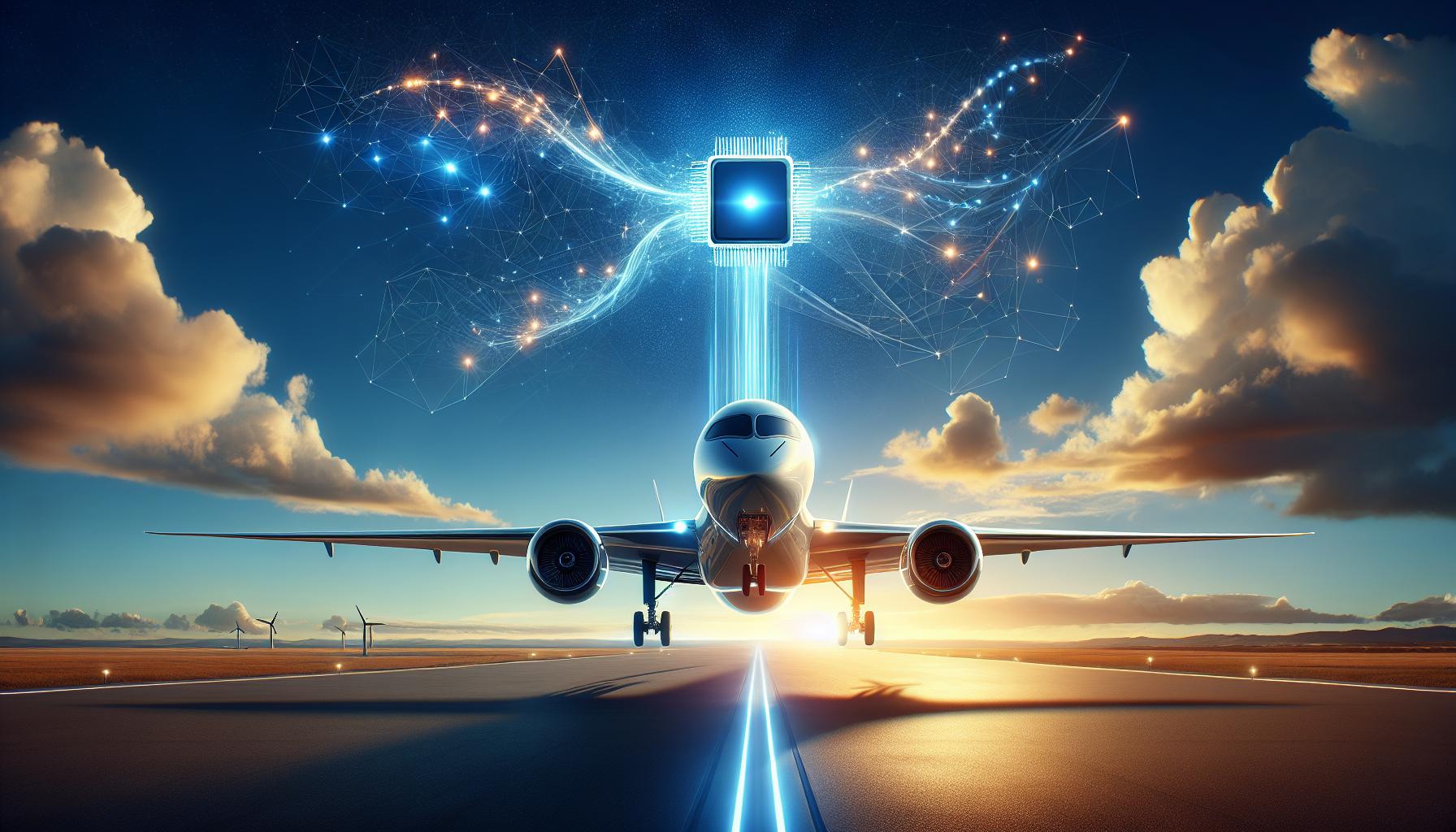
Beyond the Battery: How AI and Hybrid Tech Are Powering the Next Aviation Revolution
We see them on the roads every day: hybrid cars silently pulling away from traffic lights, a perfect blend of old-school combustion and new-wave electric power. They represent a practical, intelligent step towards a greener future. So, it’s natural to look up at the sky and ask: where is the Tesla of the skies? Why aren’t we all flying in whisper-quiet electric jets?
The simple, and rather heavy, answer is batteries. While battery technology is incredible, it has a fundamental physics problem when it comes to aviation: energy density. Jet fuel packs an astonishing amount of energy into a very light package. To get a modern airliner across the Atlantic, you’d need a battery pack that weighs more than the plane itself. It’s a non-starter.
But don’t mistake this challenge for a dead end. Instead, see it as a catalyst for incredible innovation. A wave of ambitious startups and forward-thinking engineers are charting a different course. They’re not waiting for a miracle battery. They’re building the “Prius of the sky,” and in doing so, they are creating a new frontier for software, artificial intelligence, and high-stakes engineering.
The Hybrid Pivot: If You Can’t Beat It, Integrate It
The core idea behind the emerging generation of hybrid aircraft is brilliantly pragmatic. Instead of relying solely on massive, heavy batteries, these planes use a hybrid-electric powertrain. Think of it this way:
- A traditional (but highly efficient) turbine engine isn’t directly turning the propellers.
- Instead, it acts as a generator, producing electricity.
- This electricity powers multiple smaller, quieter, and more efficient electric motors that actually drive the fans or propellers.
- A smaller, manageable battery pack assists during peak power demand—like takeoff and climbing—and can be recharged by the turbine during flight.
This approach solves several problems at once. It drastically reduces the required battery weight, extends the aircraft’s range far beyond what a pure-electric model could achieve, and significantly cuts fuel consumption and emissions compared to conventional planes. This isn’t just a hardware challenge; it’s a revolution driven by code.
The Unseen Co-Pilot: Where Tech Takes the Controls
A hybrid-electric plane is a complex, dynamic system. Juggling power from a jet engine and a battery pack in real-time, optimizing for every phase of flight, and ensuring failsafe reliability isn’t something a human pilot can manage with a simple throttle. This is where the world of tech—from the cloud to the core processor—becomes the true co-pilot.
The Software-Defined Sky
At the heart of every hybrid aircraft is an incredibly sophisticated Power Management System (PMS). This is a master controller, a brain built entirely on software. The programming behind this system is immense, handling a constant stream of data points:
- Current power demand from the electric motors.
- The battery’s state of charge and temperature.
- The turbine’s current output, fuel flow, and efficiency.
- Flight conditions like altitude, air speed, and weather.
The PMS uses this data to make thousands of micro-decisions every second. Should it draw more power from the battery to give the turbine a break? Is it more efficient to crank up the generator to recharge the battery during a descent? This level of intricate control and automation is what makes the entire concept viable. It’s a flying data center where elegant code translates into a smoother, more efficient flight.
AI in the Cockpit (and on the Ground)
Simple automation isn’t enough to unlock the full potential of hybrid flight. This is where artificial intelligence and machine


